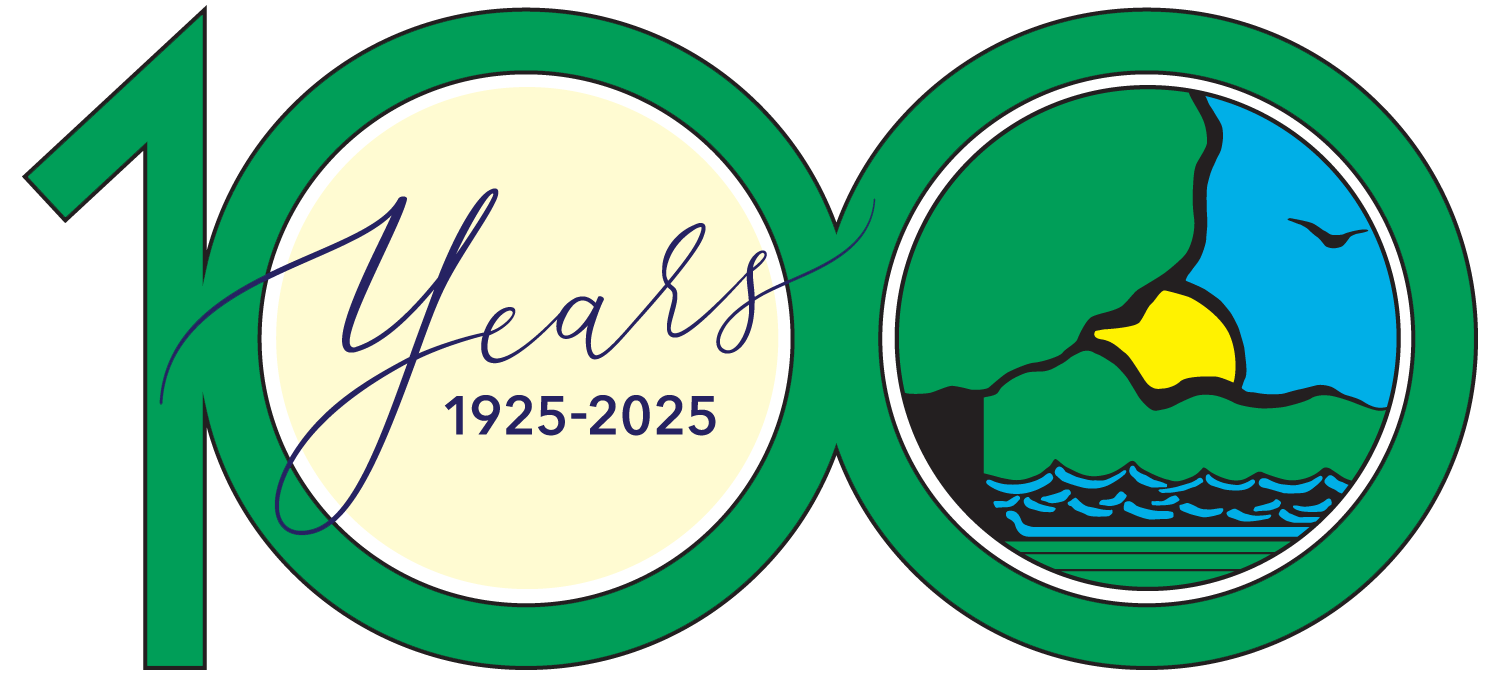
Photo by Mohan Nannapaneni, Pixabay.



Photo by Mohan Nannapaneni, Pixabay.
It’s December as I write this, but if you’re like me, you think about the Spring Turkey Season year-round! While spring might feel like a long way off, it will be here before we know it. At least that’s what I tell myself to get through the winter…

We’re coming off a 2023 Spring Season where Illinois hunters posted the highest harvest total since 2010 so it’s easy to be optimistic about the 2024 season. During the 2023 Youth Season, young hunters were able to harvest slightly more birds than the previous year and the total was just under the five-year average. That was impressive given the poor weather they experienced, especially during the first weekend. Despite the cold, wet, and even stormy weather, 25 percent of licensed youth hunters brought home a turkey. The weather was much more cooperative for most of the regular season in both the North and South Zones and hunters certainly capitalized on the opportunity. While a harvest total of 14,000+ during the regular season was relatively common at one time, it had only happened once in the previous five seasons. In 2023 hunters bagged nearly 15,000 turkeys while enjoying a relatively high success rate of 24 percent.
It’s not just a successful 2023 Spring Season that has me optimistic about the upcoming 2024 season, however. There are other indications wild turkey populations are on an upward trend as well. Chief among those are the recent results from our annual Wild Turkey Brood Survey. According to those data, we’ve seen three consecutive years of improving reproductive success, with the biggest jump occurring during the summer of 2023.

There are many factors that influence a spring season harvest total, but it often mirrors the results of the brood survey. In years where the poult-to-hen ratio (PPR) has improved from the previous summer, we usually see a slight increase in harvest the following spring and an even larger increase two springs later. There is a lag in the full response because most of the spring harvest is comprised of two-year-old males. During the first spring following a successful reproductive season, a slight bump is often noted as more juvenile males, or jakes, are harvested. As the large cohort of new birds mature into two-year-old adults, we frequently see the full impact of reproductive success.
All other factors aside, we may see high harvest totals for the next few years as well, considering that the PPR has continued to trend upward. What’s more, things are looking favorable for a successful reproductive season in 2024 as well. Illinois is slated to experience an emergence of not one, but two periodical cicada broods. All but the most extreme southern tip of the state will see the emergence of either a 13 or 17-year brood.
Cicadas can be a exceptionally nutritious food source for young turkeys which eat invertebrates almost exclusively during their first few weeks of life. A periodical cicada emergence provides this nutrition at a nearly limitless abundance. Adding to the benefits is the fact that many predators of young turkeys and turkey eggs will shift their focus toward the novel and convenient food source, giving turkeys a better chance at surviving to adulthood.

Want to help the Illinois Department of Natural Resources keep track of the wild turkey response to cicadas? Participate in our annual Wild Turkey Brood Survey. Participants simply report every turkey they see, taking note of the total number of males, females, poults and the county in which they were observed. The survey is open year-round, but data is most valuable during the months of June, July and August when poults are most likely to be observed. The electronic survey form can be found on HuntIllinois.org/turkey under the “Management & Ecology” section.
We hope that you’ll help us document the impact of a rare natural phenomenon on our turkey population and that you have success in the turkey woods this spring.
Luke Garver is the Wild Turkey Project Manager with the Illinois Department of Natural Resources, Division of Wildlife Resources.
Submit a question for the author
Question: Hunted first season. Never heard a gobble or a shot. Warm weather caused early breeding?